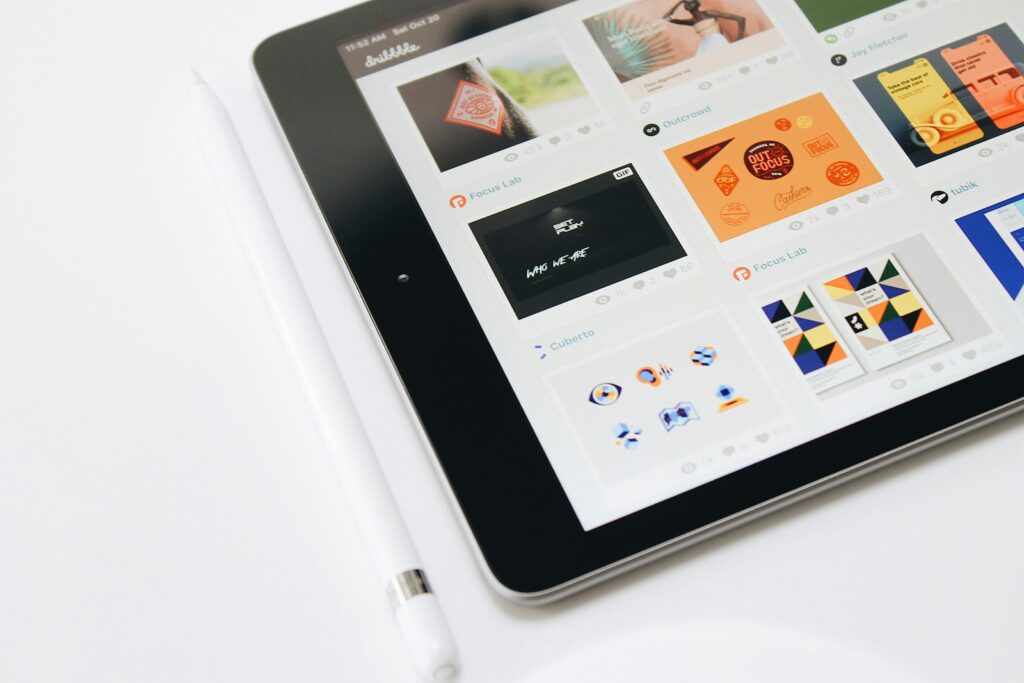Graphic design is an art form deeply embedded in human history, evolving alongside civilizations and technological advancements. From ancient cave paintings to modern digital interfaces, the discipline has continuously shaped how we communicate, convey ideas, and perceive the world around us. In this article, we embark on a journey through time to explore the fascinating evolution of graphic design, tracing its origins, milestones, and transformative moments that have shaped its rich history.
1. The Ancient Roots:
Graphic design finds its earliest roots in prehistoric times with the creation of cave paintings, petroglyphs, and hieroglyphics. These primitive forms of visual communication served as a means to record stories, convey information, and communicate ideas within early human societies.
The invention of writing systems such as cuneiform in Mesopotamia, hieroglyphs in ancient Egypt, and Chinese logographs marked significant advancements in graphic communication, laying the foundation for future developments in typography and letterform design.
2. The Gutenberg Revolution:
The invention of the printing press by Johannes Gutenberg in the 15th century revolutionized the spread of information, making books and printed materials more accessible to the masses. This innovation sparked a surge in typography and graphic design, as artisans experimented with new typefaces, layouts, and printing techniques.
The emergence of influential typographers such as Claude Garamond, William Caslon, and John Baskerville during the Renaissance and Enlightenment periods further propelled the evolution of typography, shaping the aesthetic and functional aspects of printed communication.
3. The Industrial Revolution and Beyond:
The Industrial Revolution of the 18th and 19th centuries ushered in an era of mass production and commercialization, fueling the need for advertising, branding, and visual identity design. The rise of lithography, photography, and chromolithography techniques enabled designers to create vibrant and visually striking imagery for posters, packaging, and promotional materials.
The birth of modern graphic design as a profession can be traced to the early 20th century with the establishment of design schools such as the Bauhaus in Germany and the emergence of influential design movements like Art Nouveau, Art Deco, and the Swiss Style. Pioneering designers such as Alphonse Mucha, Paul Rand, and Saul Bass revolutionized the field with their innovative approaches to typography, layout, and visual communication.
4. The Digital Age:
The advent of computers and digital technologies in the latter half of the 20th century revolutionized the practice of graphic design, enabling designers to create and manipulate images with unprecedented speed and precision. Desktop publishing software such as Adobe Photoshop, Illustrator, and InDesign revolutionized the design process, giving rise to digital art, web design, and multimedia graphics.
The internet and the proliferation of digital media platforms further transformed how graphic designers create and distribute content, with social media, mobile apps, and interactive websites becoming integral channels for visual communication in the 21st century.
Conclusion Historical Overview of Graphic Design:
The history of graphic design is a testament to the power of visual communication to transcend barriers, shape culture, and influence society throughout the ages. From ancient cave paintings to modern digital interfaces, designers have continuously adapted to new technologies, cultural shifts, and artistic movements, pushing the boundaries of creativity and innovation. As we reflect on the historical journey of graphic design, we gain a deeper appreciation for its enduring impact on our lives and the world around us.
